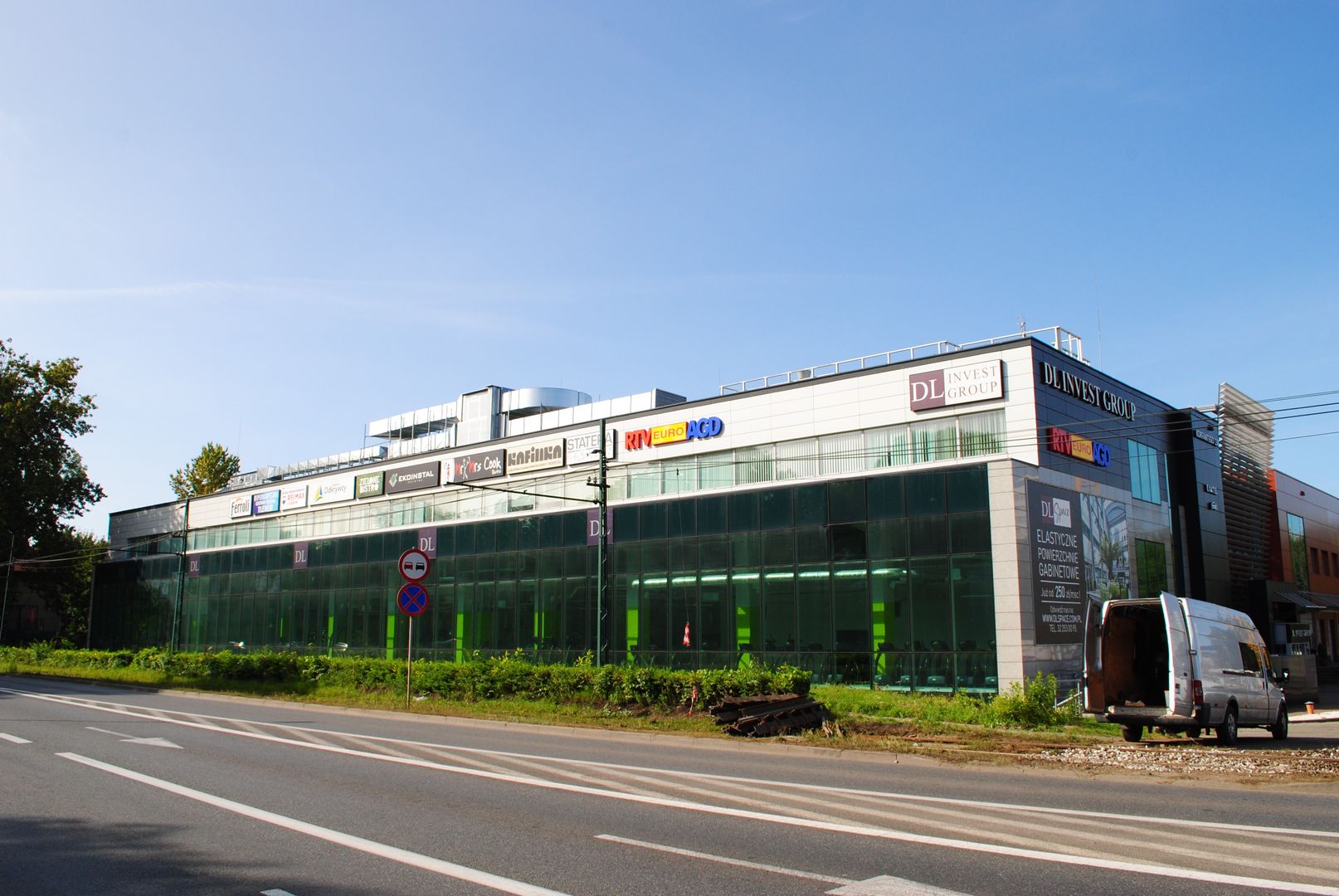Wojciech Korfanty Avenue in Katowice
6.54

Overview
Wojciech Korfanty Avenue in Katowice is one of the main traffic arteries, running from the city center northwards through Koszutka and Wełnowiec-Józefowiec, all the way to Siemianowice Śląskie. It is named after Wojciech Korfanty, an outstanding figure in the history of Upper Silesia. Its route begins at the Katowice Market Square, intersecting with streets such as Stanisław Moniuszko and Piastowska, passing important landmarks like the Hotel Katowice, Superjednostka, and Spodek. The avenue is 3,885 meters long and is classified as a district road of collector road status. Along its route, there are numerous tram and bus stops, and its immediate surroundings blend historic buildings from the 1930s with modern skyscrapers such as Separator and Ślizgowiec. Historically, the area was associated with mining and metallurgy, which is reflected in its industrial past. Over the years, the avenue has witnessed significant events, such as the execution of Polish defenders of the city in 1939, and post-World War II reconstructions that altered its character and architecture. Neo-Gothic buildings, like the former seat of the Silesian Museum, and modernist designs, including the Spodek project, harmoniously complement the functionalist tenement houses from the 1930s. Recent renovations and modernizations of the avenue, including the construction of roundabouts and improvements to road infrastructure, highlight its role as a key transportation and socio-cultural axis of Katowice, while also serving as a venue for art exhibitions and housing offices. Wojciech Korfanty Avenue is thus an example of contemporary urban planning with a rich history, blending tradition with modernity and forming an integral part of the social life of Katowice residents.
Location
Tickets
Powered by GetYourGuide
2025 Wizytor | All Rights Reserved